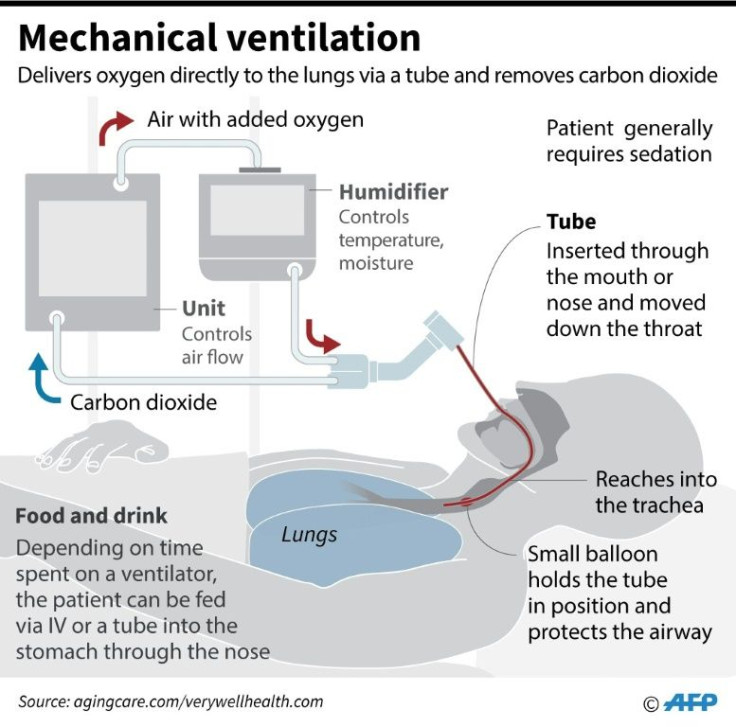Almost All Northwell COVID-19 Patients On Ventilators Died, Study Says
KEY POINTS
- 88% of COVID-19 patients with ventilators died, study says
- Research conducted at Northwell hospital
- Underlying conditions play a role
- Obesity, hypertension, diabetes contribute
- Men are more affected than women
A recent study showed that almost 90 per cent of COVID-19 patients who were hooked to ventilators at Northwell Hospital died.
Dr. Safiya Richardson and her colleagues at the Feinstein Institutes for Medical Research discovered that 88 per cent of the patients treated at New York’s biggest hospital system died after “receiving mechanical ventilation”, the New York Post reported.
The Feinstein Institute for Medical Researhc is the research arm of Northwell Health.
The study also looked into the aspect of age and risk factors contributing to the mortality of these patients.
According to the study published in the Journal of the American Medical Association, out of the 2,634 patients whose outcomes were known, 14 percent were treated in the intensive care unit, 12 percent were placed on ventilators, three percent received kidney replacement therapy and 21 percent of the total group died.
The team of researchers studied the electronic health records of 5,700 coronavirus patients at the Northwell Health whose network includes Lenox Hill on the Upper East Side, LIJ in Forest Hills and New Hyde Park, and the Staten Island University medical facilities.
The results supported the doctors’ hypotheses that people suffering severe conditions brought by the COVID-19 disease usually have underlying heath issues with 57 percent of them having high blood pressure, 41 percent have obesity and 34 percent were suffering from diabetes.
“Of the patients who died, those with diabetes were more likely to have received invasive mechanical ventilation or care in the ICU compared with those who did not have diabetes,” the researchers wrote.
According to the study, it is confirmed that men are more likely to die of the disease than women.
During triage, it was found that a third of the overall total of patients, or around 1,734 of them had a fever, 17 percent had a high respiratory rate and only 30 per cent needed supplemental oxygen treatment.
Patients would later be discharged after four days on an average basis.
“This study reported mortality rates only for patients with definite outcomes (discharge or death), and a longer-term study may find different mortality rates as different segments of the population are infected,” the researchers wrote.

© Copyright IBTimes 2024. All rights reserved.





















